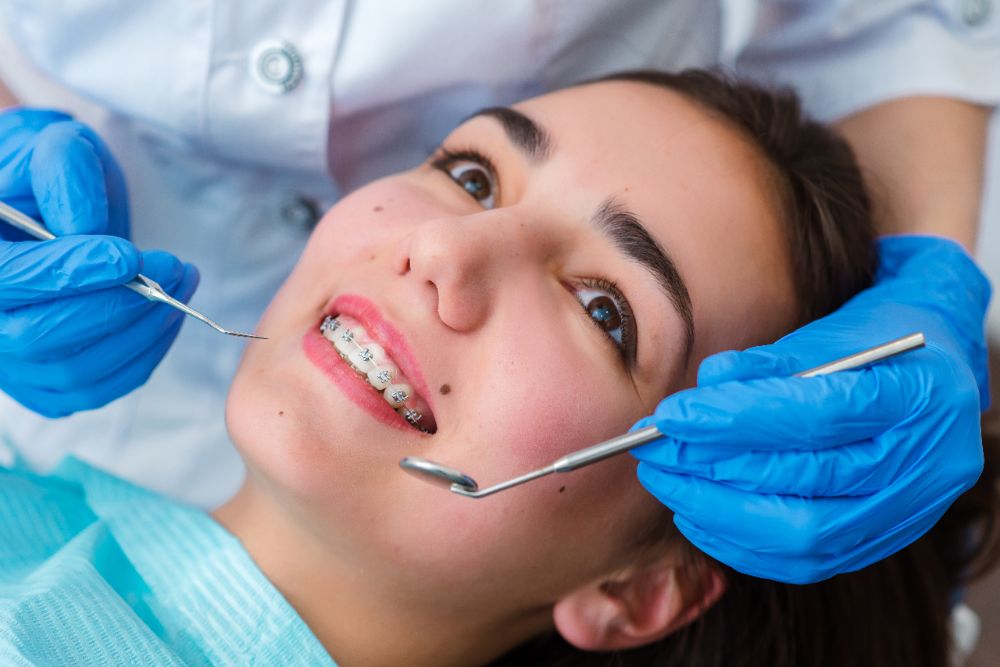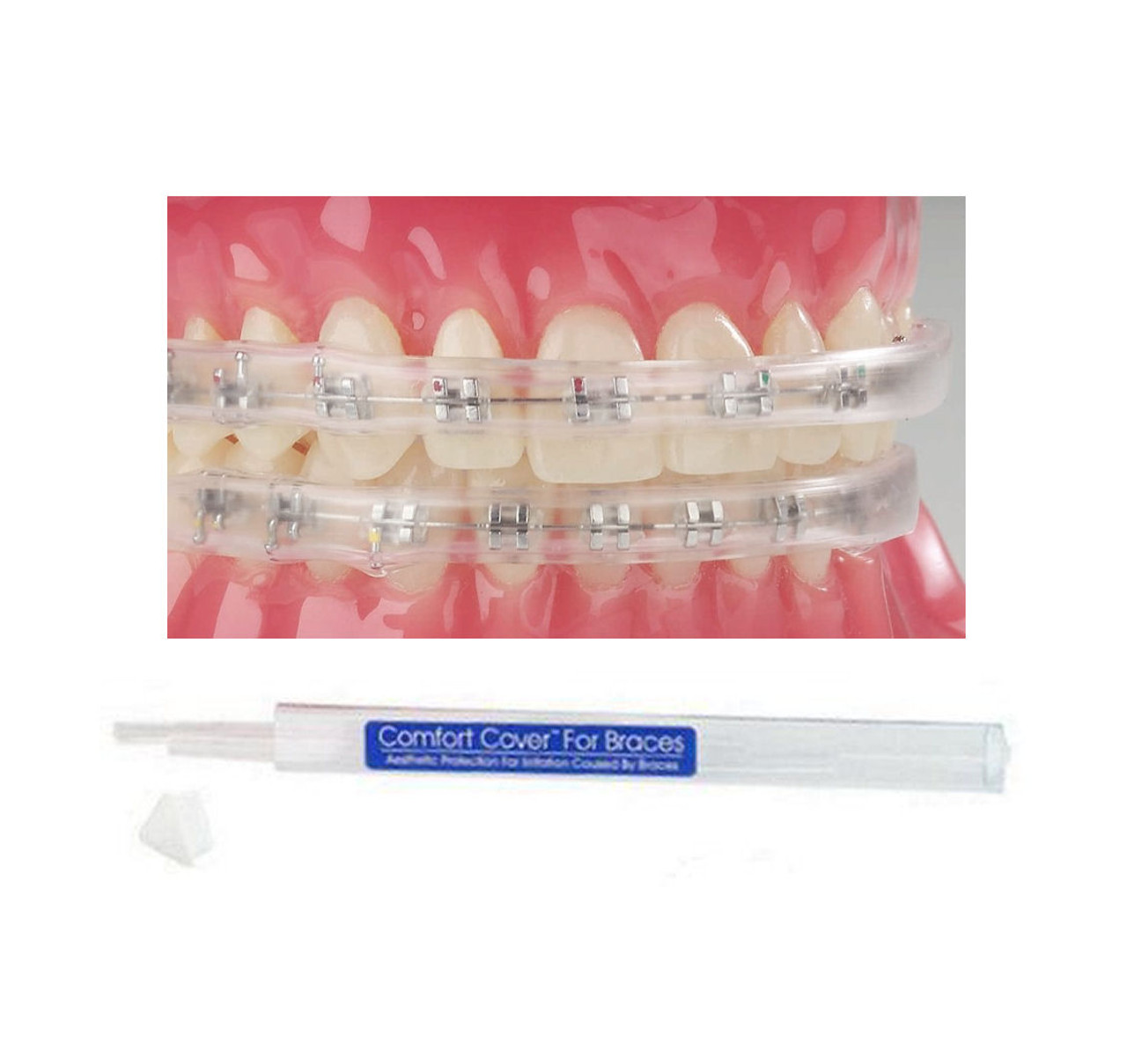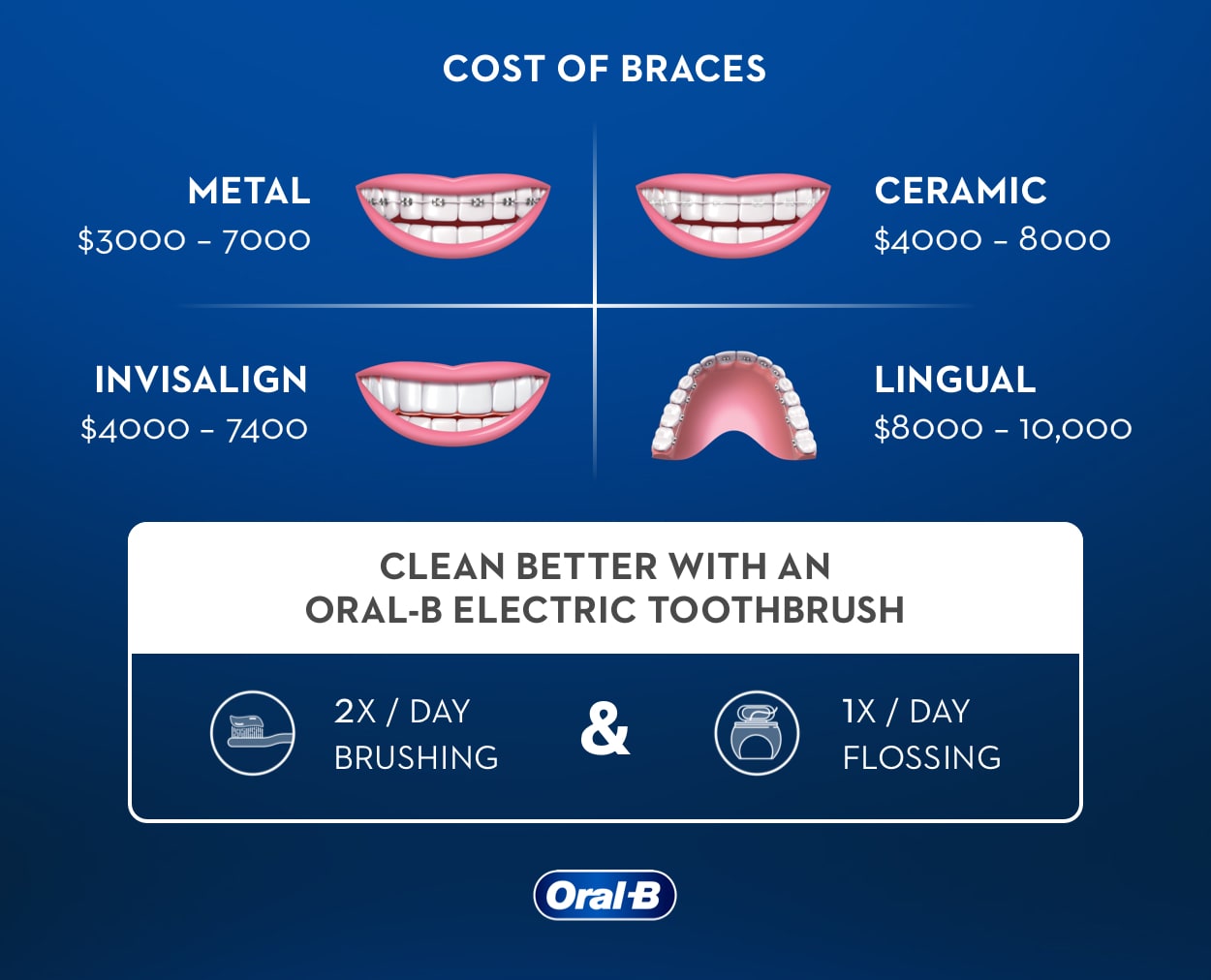Comprehensive Guide to Orthodontics Treatments for Correcting Oral Imbalances
Understanding the intricacies of each procedure, including their devices, advantages, and possible downsides, is critical in making informed choices concerning one's orthodontic therapy. As we browse with the extensive guide to orthodontic procedures for correcting oral imbalances, the complex details of each technique will unravel, losing light on the course toward a harmonious and functional dental alignment.
Orthodontic Procedures Overview

In enhancement to clear aligners and typical braces, orthodontists might likewise advise various other interventions like headwear, palatal expanders, or retainers to deal with details positioning concerns (aligners). These treatments are tailored to every patient's special needs and might involve a mix of therapies to achieve the wanted results. Routine changes and tracking are critical parts of orthodontic therapy to ensure development gets on track and to make any kind of required adjustments along the way. By going through orthodontic treatments, patients can not only accomplish a straighter grin but also enhance their total dental health and function.
Traditional Braces: How They Work
When taking into consideration orthodontic therapies for dental imbalances, standard braces stand out as a reliable technique for fixing teeth placing. Standard braces include brackets, cords, and bands that interact to use continuous stress on the teeth, slowly moving them right into the desired placement. The brackets are affixed to the teeth utilizing a special adhesive, and the cords are threaded through the braces. By adjusting the stress of the wires, orthodontists can regulate the instructions and force used to each tooth, directing them right into appropriate placement in time.
One key element of just how traditional braces job is the procedure of bone renovation. As stress is related to the teeth through the braces, the bone bordering the teeth is improved to sustain the new tooth settings. This improvement is essential for the long-lasting security of the dealt with placement. Patients will require normal changes at the orthodontist's office to guarantee the braces proceed to use the proper stress for effective teeth movement.
Unnoticeable Aligners: Disadvantages and pros
Unnoticeable aligners supply a practical and discreet alternative to conventional braces for fixing dental misalignments. These clear, custom-made trays are virtually invisible when worn, making them an enticing alternative for people seeking a much more aesthetically pleasing orthodontic treatment. Among the key benefits of unnoticeable aligners is their removability, permitting easier upkeep of dental hygiene compared to typical dental braces. Individuals can remove the aligners before consuming or brushing their teeth, reducing the threat of food obtaining stuck in the appliance and streamlining the cleaning process.

Surgical Orthodontic Options
Surgical treatments in orthodontics explanation existing viable options for dealing with complicated oral imbalances that might not be effectively dealt with with traditional orthodontic treatments. While undetectable aligners and standard dental braces can remedy lots of orthodontic problems, specific situations need surgical intervention to achieve optimum outcomes. Surgical orthodontic choices are normally suggested for serious malocclusions, considerable jaw discrepancies, and cases where the underlying bone framework requires adjustment to achieve proper placement.
One usual medical orthodontic procedure is orthognathic surgery, which entails rearranging the jaws to fix functional concerns such as problem talking or chewing. This surgery is usually done in partnership with an orthodontist that aids straighten the teeth before and after the treatment. Surgical orthodontics may also entail procedures to reveal affected teeth, remove excess periodontal tissue, or improve the jawbone to produce a more unified click here for more facial account.
Before taking into consideration surgical orthodontic alternatives, clients undergo a detailed assessment to establish the requirement and possible benefits of such treatments. orthodontics. While surgical treatment may seem daunting, it can dramatically improve both the feature and aesthetics of the smile in situations where standard orthodontic treatments drop short
Retainers and Post-Treatment Treatment

Post-treatment care involves complying with the orthodontist's guidelines diligently. This may consist of correct dental hygiene methods, going to follow-up consultations, and wearing the retainers as prescribed. Failure to abide by post-treatment treatment guidelines can result in relapse, where the teeth slowly relocate back in the direction of their initial placements. Consistent retainer wear, good oral hygiene, and routine dental examinations are crucial for maintaining the results achieved through orthodontic surgery and guaranteeing the long-lasting stability of the remedied oral positioning.
Verdict
In verdict, orthodontic treatments use different options for correcting oral imbalances. Standard braces use steel braces and wires to shift teeth right into appropriate alignment. Invisible aligners give an even more discreet choice yet may not appropriate for all instances. Surgical orthodontic choices are available for extra serious misalignments. Retainers are generally utilized post-treatment to maintain the brand-new positioning. Overall, orthodontic treatments can efficiently improve oral health and visual appearance.
As we browse through the extensive overview to orthodontic procedures for remedying dental misalignments, the intricate information of each technique will certainly unfold, dropping light on the course toward a unified and useful oral positioning. - orthodontics
One of the most usual orthodontic treatments is the use of dental braces, which are composed of metal brackets and cables that use gentle pressure to slowly change teeth into the desired setting.When taking into consideration orthodontic treatments for dental imbalances, typical dental braces stand out as a time-tested technique for remedying teeth placing. Additionally, unnoticeable aligners may not be appropriate for intricate orthodontic concerns that require even more substantial teeth movement, as they are generally suggested for moderate to modest instances. Retainers are personalized orthodontic devices designed to hold teeth in their fixed settings after the completion of orthodontic treatment.